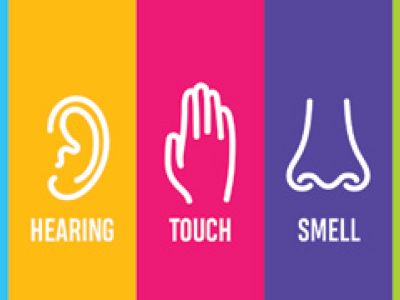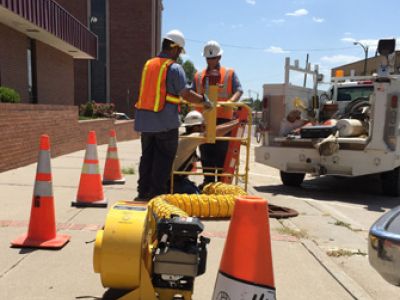Michael Stremel, CUSP

Michael Stremel, CUSP

Are You Using Your Five Senses to Stay Safe?
All of us have experienced mishaps in our daily lives, both at home and at work. An accident typically is defined as an unwanted incident occurring unexpectedly and unintentionally, usually resulting in damage or injury. In our work lives, proper training develops our mindset as well as our knowledge. Increasing our knowledge allows us to […]

Safety Concerns When Working In and Around Manholes and Vaults
Some utilities – including electric, cable and communications providers – have had both underground and overhead applications for many years. However, more and more of these utilities now are either primarily installing their services underground or relocating overhead services underground, for a variety of reasons. These include reliability and protection from weather conditions, as well […]
No Substitute
Hydraulic tools and equipment have come a long way over the past several decades and even over the last several years. Utilities and many other industries rely on hydraulic tools, equipment and systems to get the job done. Getting the job done is always a big concern, but the priority should always be on getting […]

